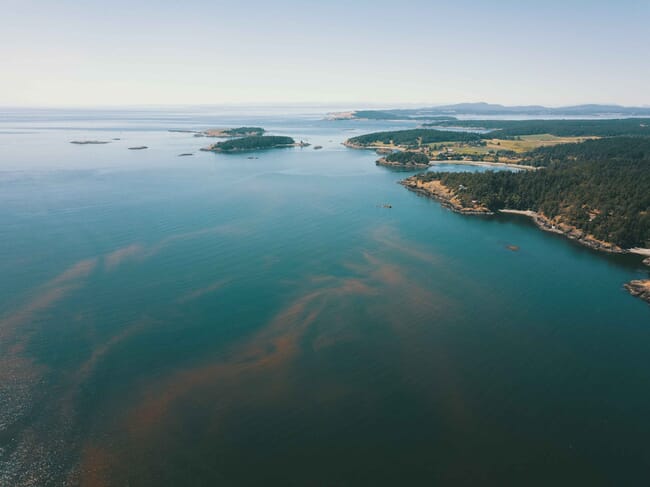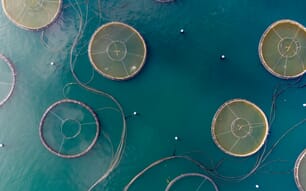The devastating algal bloom in northern Norway in May killed eight million salmon in the Nordland and Troms regions in the space of a few days, with the Norwegian Seafood Council estimating the event caused losses of up to 2.2 billion kroner (€218,993 million).

© SAIC
Although algal blooms occur naturally, Norway’s worst algae attack in nearly 30 years was linked to warming ocean currents caused by climate change.
The new funding will be directed to measures designed to avert the more devastating impacts of similar outbreaks in the future, with surveillance systems to be implemented along the northern coast of Norway. Closer observance and scrutiny of the health status of fish will mean that, in the event of further outbreaks of algae or disease, fish can be moved promptly to a non-contaminated location.
Announcing the funding, Norway’s Seafood Minister Harald T Nesvik said: “We need to have better knowledge and be better prepared if future attacks occur, especially in the early stages of an algae bloom. The coastal areas offer great opportunities for employment creation and investment, so it is important that we try to protect them. The algal bloom in Northern Norway in the spring hit the aquaculture industry and the local communities hard; and a lot of money was lost.”
The government also announced a further 2.2 billion kroner in funding for research and development in aquaculture technology and protection of Norway’s coastal waters. Minister Nesvik said: “We must be at the forefront of knowledge and the use of marine technology.”


